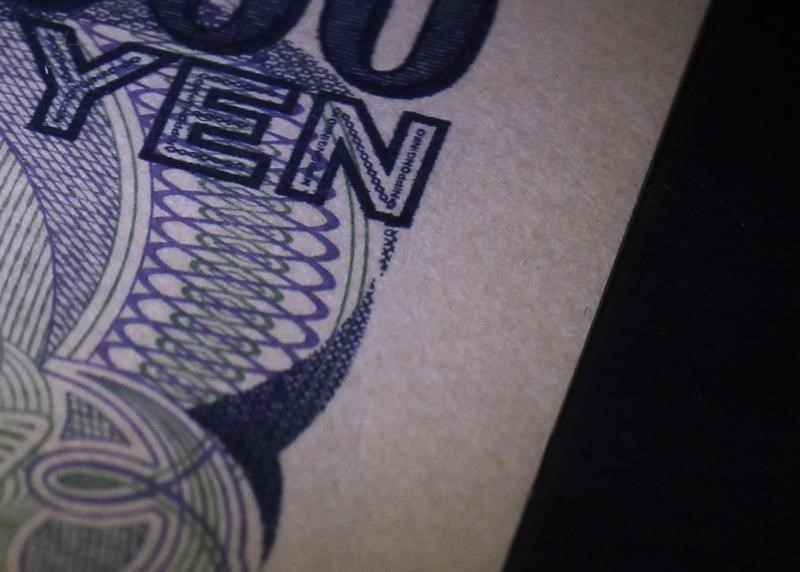Investing.com - The yen weakened in Asia on Monday and the Aussie gained in a fairly light regional data day that saw a weaker than expected preliminary PMI reading.
USD/JPY changed hands at 112.88, up 0.20%, while AUD/USD changed hands at 0.7167, up 0.22%%.
In Japan the initial manufacturing PMI for February fell to 50.2, compared with a level of 52.0 seen from 52.3 the previous month.
The U.S. dollar index, which measures the greenback’s strength against a trade-weighted basket of six major currencies, was last quoted at 96.85, up 0.23%.
On Saturday, China dismissed Chairman Xiao Gang from his post at the China Securities Regulatory Commission and replaced by Liu Shiyu, chairman of the Agricultural Bank of China, likely in response to the failure of the stock market's circuit breaker mechanism.
The move came as specualtion grows the People's Bank of China will seek a cut in the reserve requirement ratio (RRR) in the medium-term as daily short-term open market operations are seen as inadequate to stabilize market expectations.
Also on the weekend, China announced changes to its consumer price basket, lowering the weighting for food, tobacco and alcohol by 3.4 percentage points while increasing that of other goods to reflect new consumption patterns.
In the week ahead, investors will be looking to Monday’s survey data on euro zone business activity for indications on the health of the region’s economy.
The week will also bring a look at business sentiment in both the euro zone and the U.S. and Thursday’s report on U.S. durable goods orders will give investors fresh insight on the strength of the manufacturing sector.
Last week, the dollar fell against most of the other major currencies on Friday, while the yen strengthened broadly as fresh falls in oil prices and equities underlined concerns over the outlook for the global economy.
The dollar found broad support as largely upbeat U.S. data earlier in the week reinforced the view that the Federal Reserve is likely to say on a monetary tightening path this year.
Data on Friday showed that the U.S. consumer price index rose at an annual rate of 1.4% in January, ahead of expectations for a 1.3% increase.
Core inflation, which excludes food and energy, rose by a larger than forecast 2.2%.
Despite the strong U.S. inflation data, the dollar fell to one-week lows of 112.29 against the safe haven yen and USD/JPY was last at 112.66, off 0.53% for the day.
Thursday’s minutes of the European Central Bank’s January meeting cemented expectations for further easing next month, saying growth and inflation risks are on the rise in the euro area.
